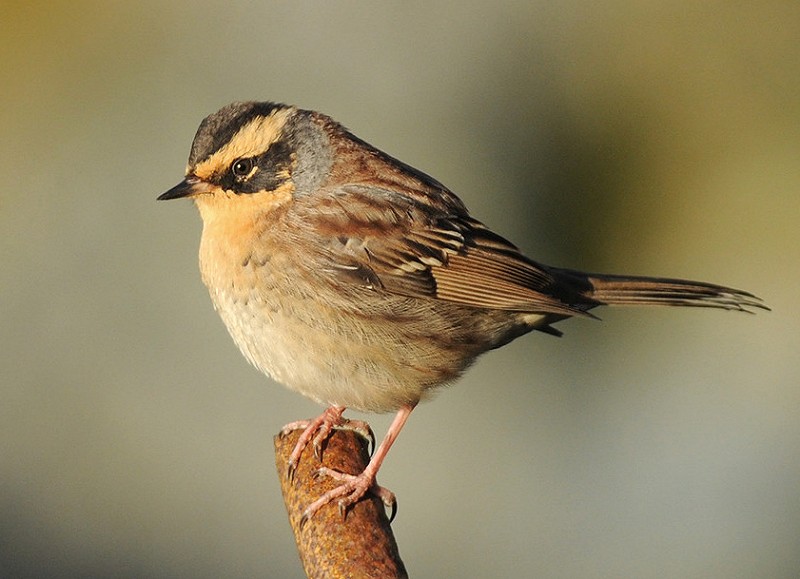On Sunday, October 9th, an Email from Greg alerted us to a Norfolk first moth at Judy and Giles Dunmore's in Beeston. We waited until the afternoon - after yesterday's long day for the Sibe Accentor - and eventually found their house on Beeston Bump. Worth it for the lovely Cypress Carpet. I had to take it in the pot as others had yet to see it, a poor excuse for a less than good photo.
First found on the south coast in 1984, it's gradually making its way north.
Dot and Steve arrived, having been alerted by Dave H and Christine who had been told by Dave N !! D and C get everywhere.......often uninvited.
After Moths
We always go home via Cley.
Beach Road where we've seen a Wheatear and a Stonechat
Iron Road for a few Eurasian Whitefronted Geese.
We've had flocks of Grey Geese flying over our house for a couple of weeks, I love their flight contact calls, we always go out to watch them.
Last Wednesday, the 19th, Pam found the flock a quarter of a mile away in fields either side of the church loke, off the North Walsham Road. We drove part of the way down the loke, without disturbing the birds, so that I could scope the flock. At least 800 Pink-feet fed my side. Amongst them, I identified two definite Greenland White-fronts in the nearest group, the others were too well hidden to be sure. Their orange beaks and dark breasts gave them away. Pam found one definite Eurasian Whitefront in the smaller flock on her side
Friday October 22
The Winterton run yielded very little. We drove via Happisburgh, Eccles, the back road to Sea Palling, Somerton and Winterton Beach. No flocks of geese and an empty sea apart from one Shag.
The return journey, north of Somerton, we stopped to search and I found a Peregrine sat on the ground, preening.
Saturday October 23
Another pretty birdless outing. Ludham Marshes this time. A small flock of Fieldfare with a few Redwing were the only birds seen.
Time to watch Man U play Chelsea, fingers crossed tightly.
After Moths
We always go home via Cley.
Beach Road where we've seen a Wheatear and a Stonechat
Iron Road for a few Eurasian Whitefronted Geese.
We've had flocks of Grey Geese flying over our house for a couple of weeks, I love their flight contact calls, we always go out to watch them.
Last Wednesday, the 19th, Pam found the flock a quarter of a mile away in fields either side of the church loke, off the North Walsham Road. We drove part of the way down the loke, without disturbing the birds, so that I could scope the flock. At least 800 Pink-feet fed my side. Amongst them, I identified two definite Greenland White-fronts in the nearest group, the others were too well hidden to be sure. Their orange beaks and dark breasts gave them away. Pam found one definite Eurasian Whitefront in the smaller flock on her side
Friday October 22
The Winterton run yielded very little. We drove via Happisburgh, Eccles, the back road to Sea Palling, Somerton and Winterton Beach. No flocks of geese and an empty sea apart from one Shag.
The return journey, north of Somerton, we stopped to search and I found a Peregrine sat on the ground, preening.
Saturday October 23
Another pretty birdless outing. Ludham Marshes this time. A small flock of Fieldfare with a few Redwing were the only birds seen.
Time to watch Man U play Chelsea, fingers crossed tightly.



.jpg)
.jpg)






















